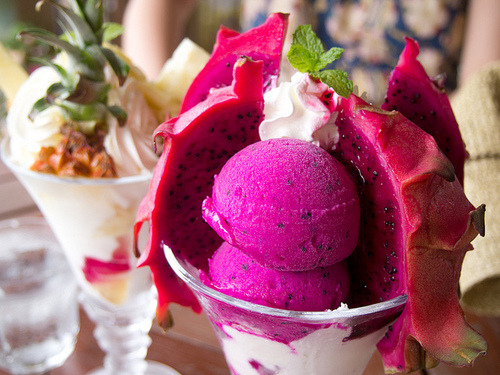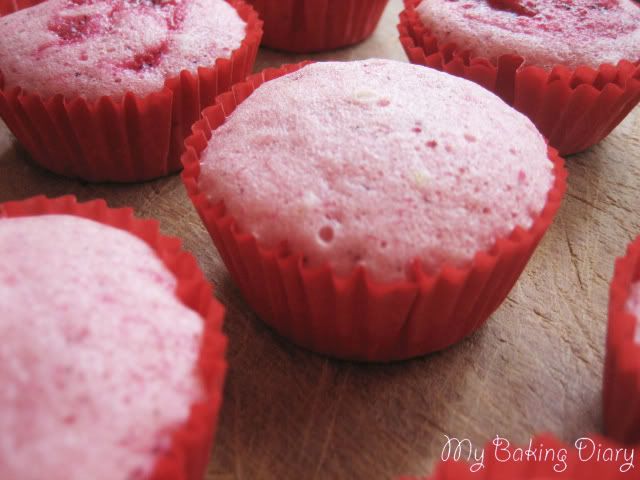Genuine Creativity of Ylocanos
Ilocos Norte is indeed a cradle of great leaders, talented artisans and genuine inventors. It is really evident in the multitude of achievements that spread not only in the Philippines but also in the whole world. These are some of the products that we Ilocanos should take pride with. Pasingkedan ti kina Tan-ok ni Ilocano.
Huwebes, Agosto 29, 2013
Huwebes, Agosto 22, 2013
Binakol

Binakol is a textile found originally in Sarrat. It is a fabric with geometric patterns using dark blue and white cotton threads accented with yarn with bright colors. Guests fell in love with the textile and they bought their own binakol products such as bags, hats, coin purses and many others. Just like the Abel of Paoay, it is also made up of cotton from the Kapas Sanglay Tree.

Binakol Blankets
Gastronomic hits of Saniata

From the cactus family, specifically the genus Hylocereus or dragonfruit is football-shaped and has a leathery, leafy skin that is deep red or pink in color. It comes in three varieties, red flesh, white flesh and yellow flesh, all of which are embedded with hundreds of black seeds and have a mild, sweet taste. The best-tasting variety is the one with red flesh, which is succulent when eaten.
Dragon Fruit is indeed a dragon in the fruit kingdom. Because of it's very versatile characteristics, and of course the innovative attitudes of the Ilocanos, they came to discover many mouth-watery products that can give an exquisite savor and aroma. And of course because of the health benefits it can give.
:) These are the products that made up of Dragon Fruit :)
| Dragon Fruit Shake |
 |
| Dragon Fruit Salad |
 |
| Dragon Fruit Ice Cream |
| Dragon Fruit Bread |
 |
| Dragon Fruit Juice |
 |
| Dragon Fruit Cake |
 |
| Dragon Fruit Cupcake |
Dulang :)

Giant Sunshine Sinuman
OTHER PRODUCTS OF MALUNGGAY

Malunggay Dudol

Malunggay Cookies

Malunggay Empanada

Malunggay Tinudok
Intayon Makilubilubi! :)

Aglubilubi is part of the tradition of the Ilocanos where a group of teens or adults converge to do lubilubi. They take with them new friends and introduce to the group. They do lubilubi as a bonding session. Each participant shall bring his or her contribution for thelubilubi such as the ingredients for it. One may bring boiled bananas, condensed milk, grated coconut, margarine and sugar. Of course, it won’t be complete without the alsong and al-o or mortar and pestle to pound the ingredients.
Lubi-Lubi Products


Lubi-lubi products ranged from various ingredients. There is mongo seeds with glutinous rice and grated coconuts and were pounded together. Cassava or balanghoy, ube, sweet potato, rimas, taro, togue and others can be used as a base ingredient.
Martes, Agosto 20, 2013
Suman Procedure
Banana Leaves Ingredients
1 c. of glutinous (sticky) rice, soaked in cold water for at least six hours1 c. of coconut milk, fresh (see how to extract coconut milk) or canneda generous pinch of saltbanana leaves
Instructions

Strain the rice. Cook in coconut milk with salt. I used a rice cooker and it did the job wonderfully. Cool the rice.Meanwhile, prepare the banana leaves.
Rinse the banana leaves. Wipe dry.
Pass every part of the leaves over an open flame to soften and wilt. Unless you do this, the banana leaves will break when you wrap the rice with it.
Cut the banana leaves so that you have 8 to 10 pieces that are about 8″x8″ square and another set of 8 to 10 pieces that are about 12″x12″ square.

Place an 8″x8″ piece of banana leaf on top of a 12″x12″ piece. Place two to three tablespoonfuls of cooked rice at the center.

Wrap the rice with the smaller piece of banana leaf, as tightly as you can, and folding the sides neatly. Use the larger piece of banana leaf to wrap the parcel. The double wrapping seals the rice well and serves as an insurance that in case the first wrapping tears, there is another layer to protect the precious rice inside.
Repeat until all the rice has been wrapped.

Stack the parcels, seam side down, in a steamer basket. Steam over boiling water for about 45 minutes.

Cool the suman for about 15 minutes before unwrapping to give it a chance to firm up. Top with grated fresh coconut and sugar, and enjoy!
Panagdapil

Before modern versions of the sugar mill were introduced, the dadapilan was the only machine used to extract the sweet juice from the sugarcane stalks. In a cool outdoor setting, the dadapilanmade from sagat tree, composed of two huge cylindrical parts designed to extract the juice from the sugarcane stalks was a common scene in the farms. This machine is powered by a blindfolded carabao or cow hitched to the end of a log attached to the mill. As the carabao walks in circle around the mill, the juice is squeezed from the stalks fed into the mill. This sucrose called bennal is collected in a container called silyasi. The bennal is boiled in a huge vat called sinublan and is used to produce molasses of different types, basi (wine), or vinegar. The refined molasses become sugar which is the most commercialized product from sugarcane. All these sugarcane products are means of livelihood for the farmers and their families.
Panagdapil is an arduous task but it is not all sweat and hard work. After the dapil is completed, it is party time for the neighbors, young and old. Some delightful snacks made from banana shoots, papaya strips, young coconut strips candied in the bennal calledkalti are served with other sweet delicacies. It is merrymaking time where the farmers may even drink to a toast of basi, as sweet smell hangs in the air.
Mag-subscribe sa:
Mga Post (Atom)




